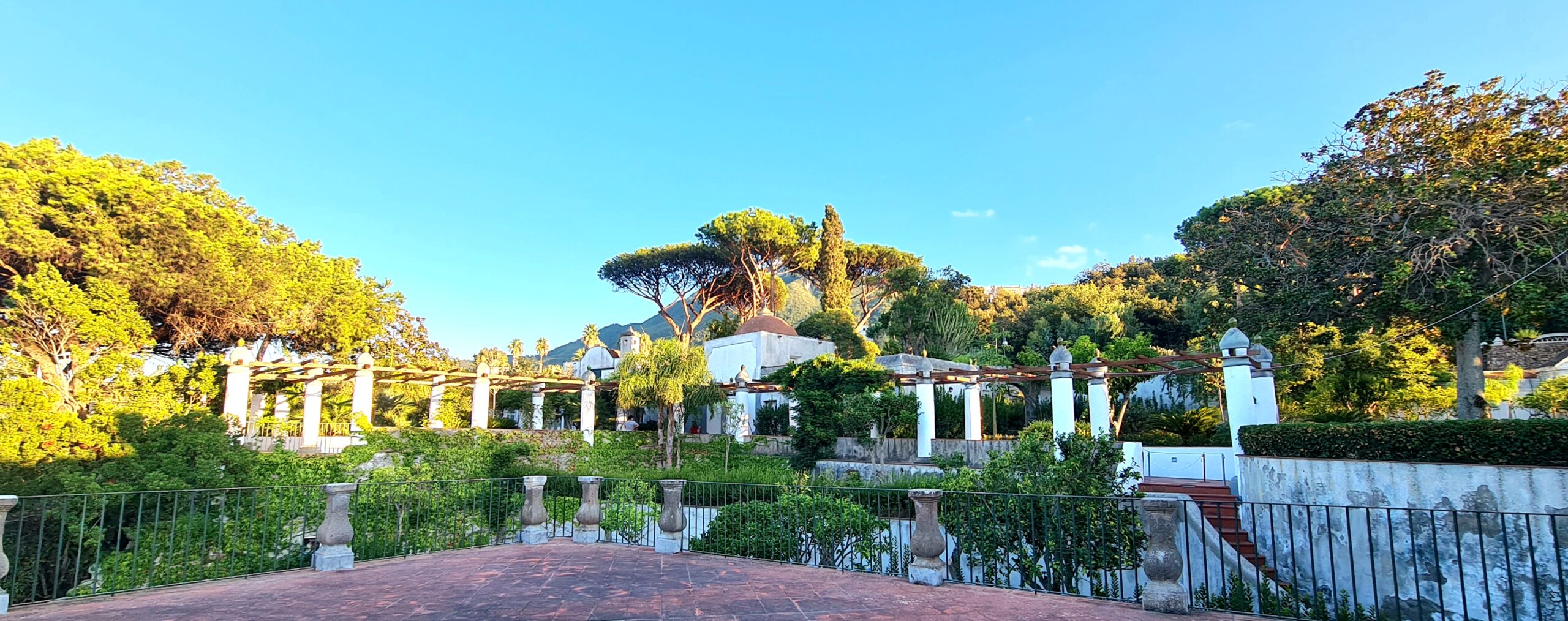MUST-SEE IN ISCHIA
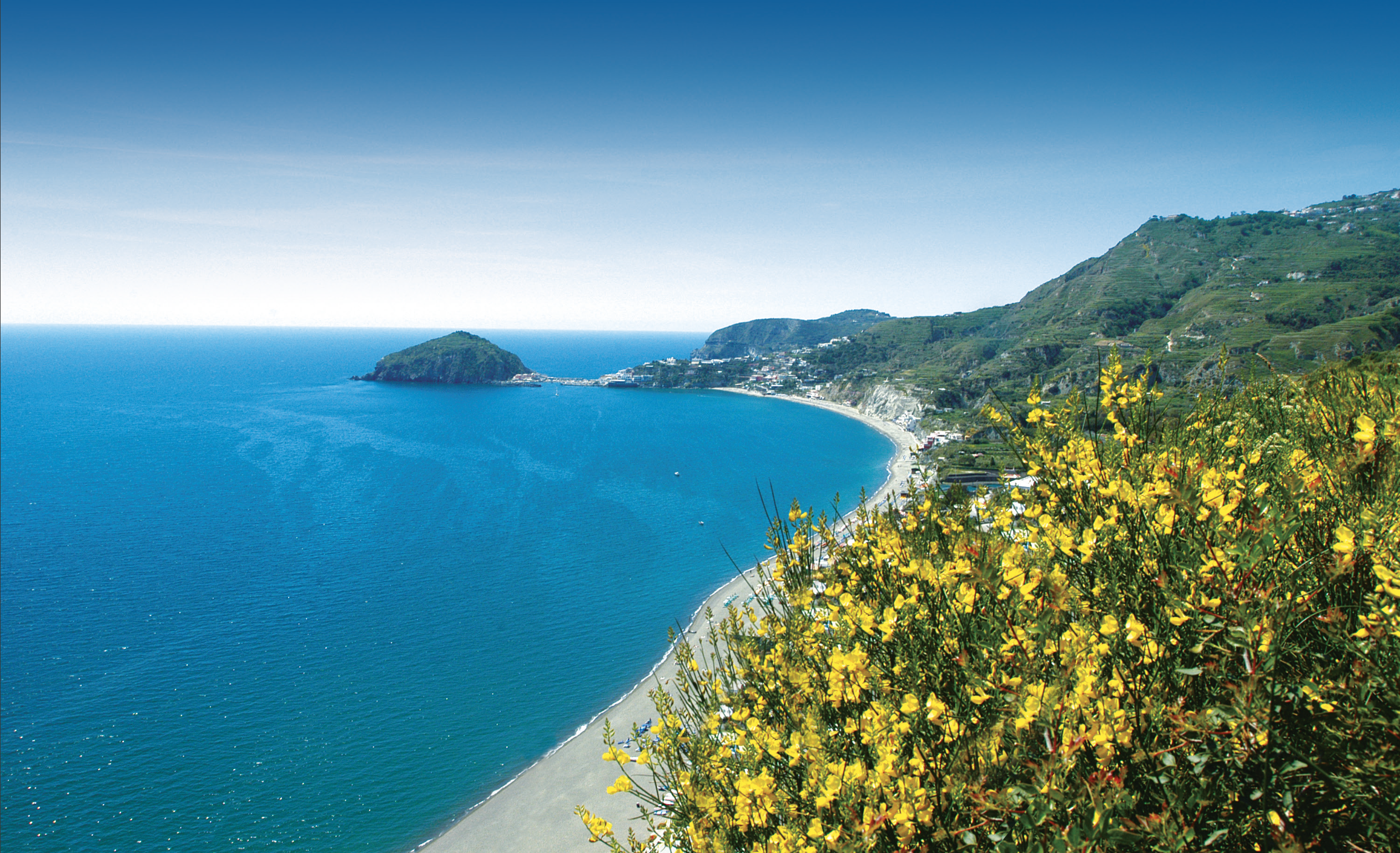
Beaches
Unlike the other islands in the Gulf of Naples, Ischia is basically framed by beaches, while also offering definitely suggestive stretches of sheer coastline. The largest beach is the one of Maronti, that touches from one end to the other one two municipalities of the island (Barano d’Ischia and Serrara Fontana) and it extends up to Sant’Angelo’s promontory; the latter has also some surrounding little beaches. Very captivating are Citara (in Forio) and Cava dell’Isola (always in Forio, the favorite beach of the young people), as well as San Montano and its charming bay (Lacco Ameno) and the Spiaggia dei Pescatori (Ischia), that extends from the Miramare e Castello zone until San Pietro coastline, passing through Punta Molino and the Lido of Ischia. Must not be forgotten the beaches of San Francesco and Chiaia (Forio), Cartaromana (Ischia) and Sorgeto (Forio) with its characteristic hot thermal waters, accessible also in winter; and the coastline between Casamicciola Terme and Lacco Ameno, with several establishments both on the beach and on the platform.
Thermal parks
Thermal parks are some of the main attractions of the island of Ischia, that enhance in the best of ways the uniqueness and the variety of its waters, offering landscape and natural contexts with the most rare and unique charm and all pretty much waterfront. It is no coincidence, in fact, that the island of Ischia is the only place in the world where there exist thermal springs so close to the sea. The first thermal park of the island, and the largest, is Poseidon, in Forio near Citara beach. Worth seeing also Negombo (in Lacco Ameno, on the beach of San Montano) with its typical cliffs; Castiglione (halfway between Ischia and Casamicciola Terme), the only one to have also a hotel accommodation; and last but not least the Tropical (in Sant’Angelo).
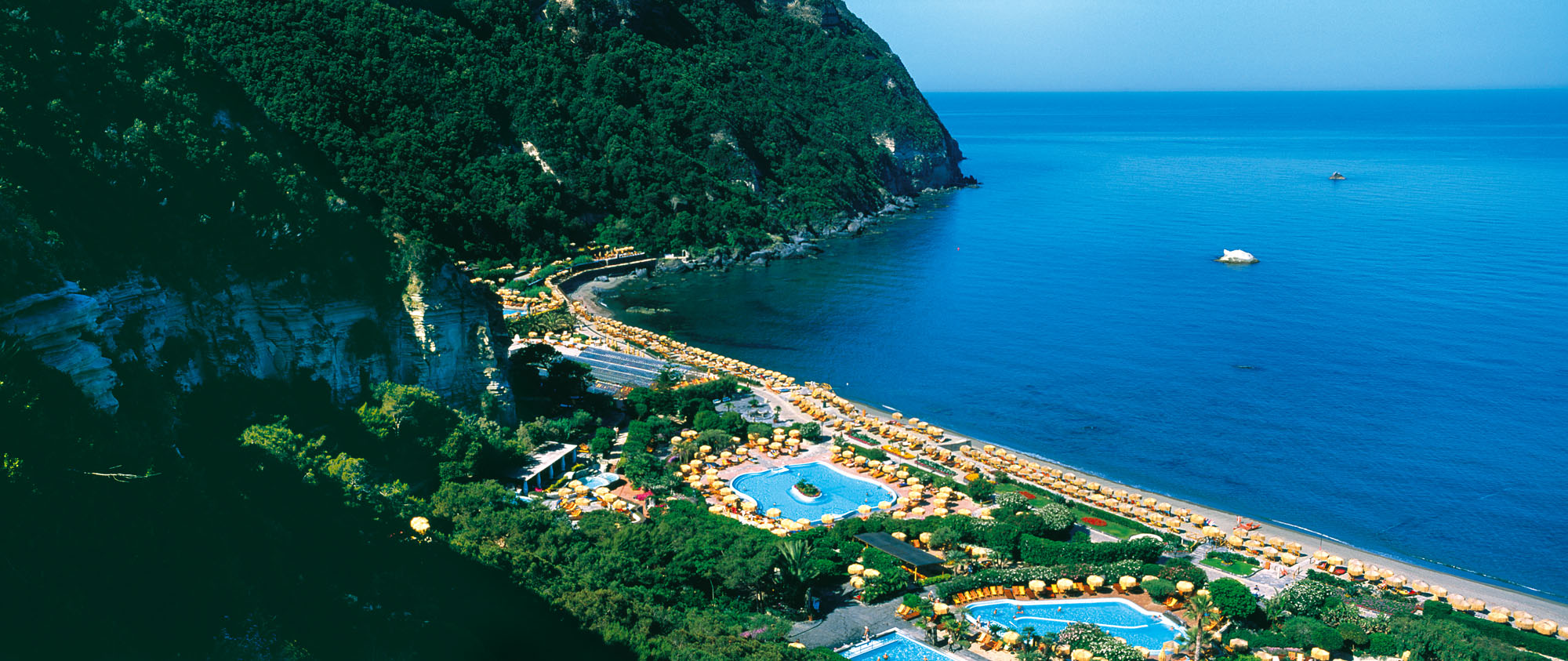
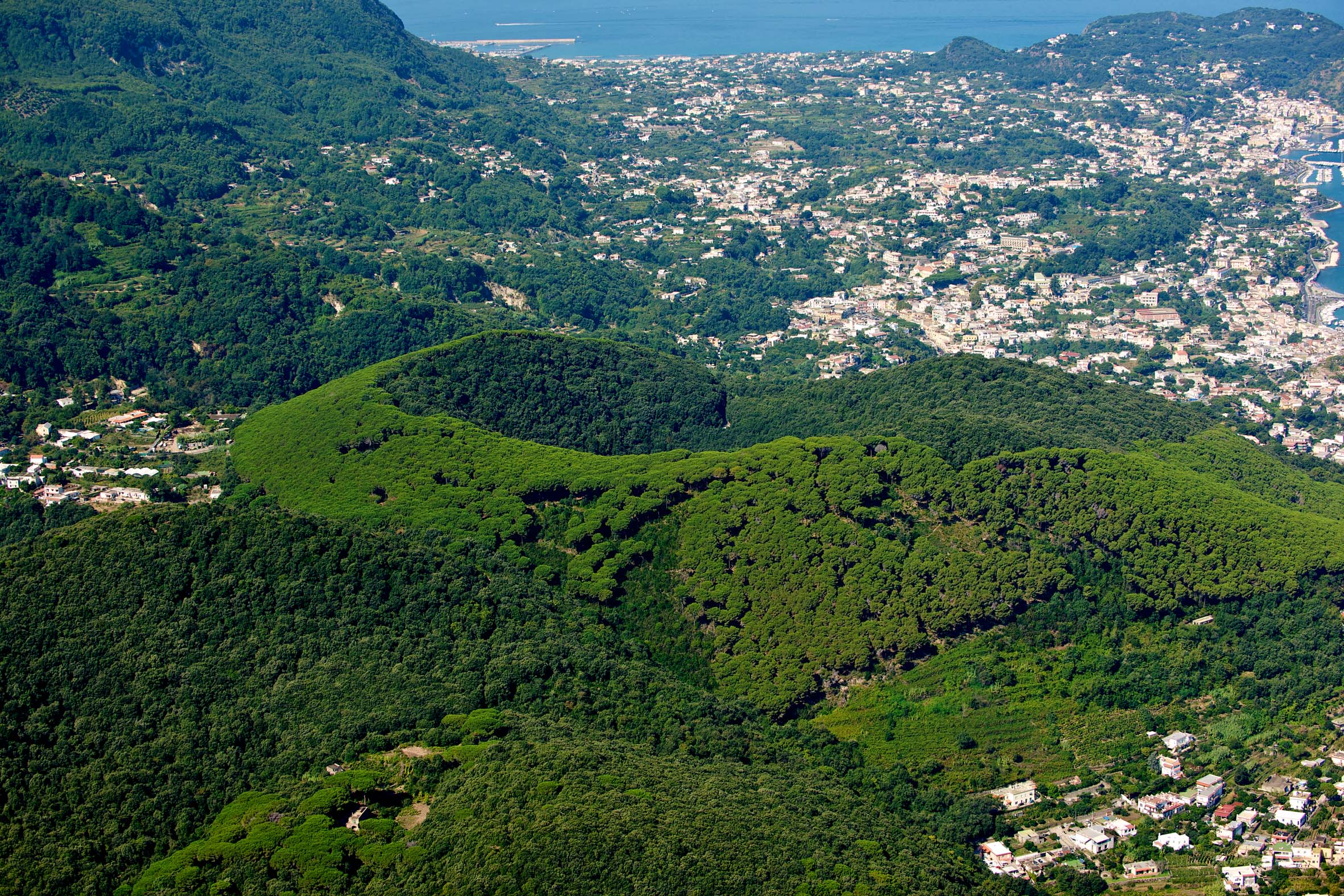
The highest peak of the island of Ischia is Monte Epomeo, that stands out with 789 meters a.s.l. All around, there are still wide and uncontaminated Mediterranean woods, in which effortless trails have been developed, in order to allow people to discover them inch by inch. And for the experienced with mountain bikes, passing through them down to valley after a 33km tour of the island is stuff for connoisseurs! It’s unique as well as fun to think of passing from end to end without touching driveways. Here is, therefore, the opportunity to start, p.es., from the hills of Campagnano, going up Piano Liguori and Monte Vezzi, admiring breathtaking views between sky and sea, going down to Maronti and then coming up through Iesca, the Pizzi Bianchi and reconnecting to Serrara all the way up to Epomeo, and then decide if retrace the steps or come down along the sides of Forio, Lacco Ameno and Casamicciola, or else Barano.
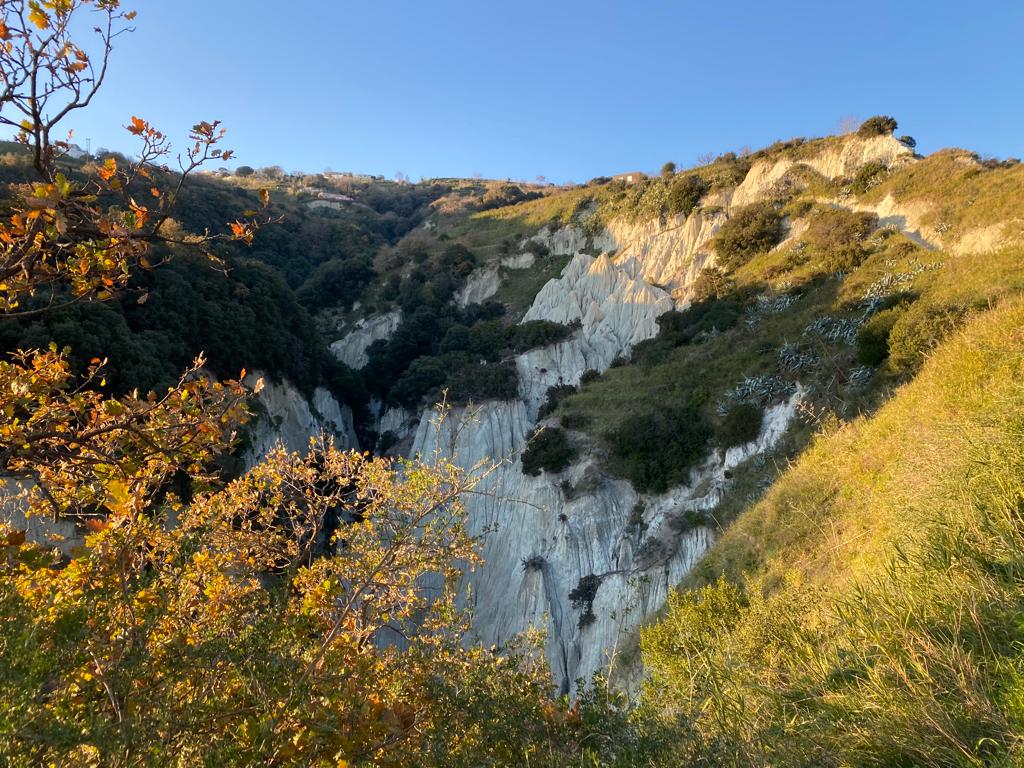
"I Pizzi Bianchi"
Pizzi Bianchi represent a cathartic landscape, almost moonlike, characterized by these pointed rocks whose color is, in the Ischitan geomorphological reality, atypically white. We have dedicated a separate section to this authentic “place of the soul”, halfway between sky and sea, precisely for its absolute uniqueness compared to the rest of the naturalistic excellences of the island of Ischia. Pizzi Bianchi can be reached from the municipality of Serrara Fontana, in particular from a small road in the quarter Noia: needless to say, rigorously by foot and with comfortable shoes suitable for hiking.
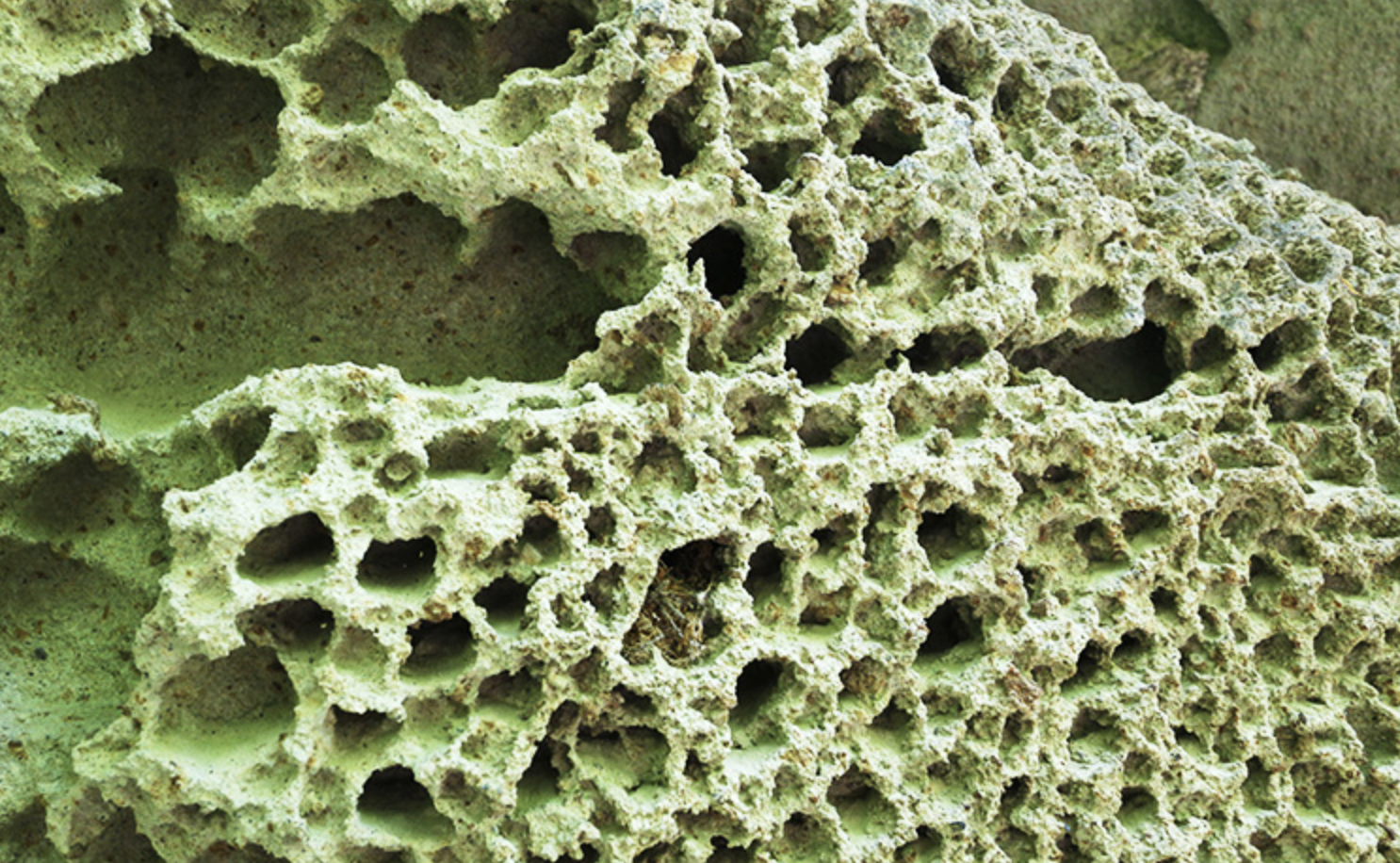
The green tuff
Everybody believes that the name “isola verde” (green island), comes from the lush Mediterranean vegetation of which the island enjoys, and that includes, needless to say, rare and protected species, p.es. the wild papyrus of the fumarole (Cyperus polystachyus) and the chain fern (woodwardia radicans). It should be pointed out that it’s the typical green tuff stone (tufo verde), almost exclusively findable in Ischia and in particular in the north-western side, to create this name (isola verde), as also recognized by the researcher Giuseppe d’Ascia in his “Storia dell’Isola d’Ischia”.
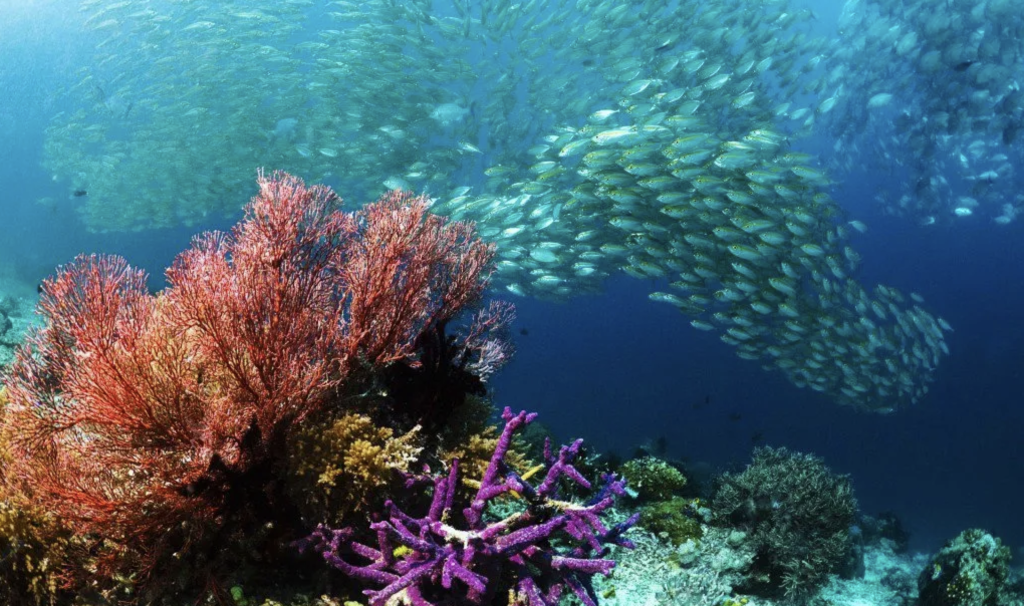
Sea beds
A clean, rich and enviable sea, the one of Ischia, that alternates different colors according to the spot where you moor or dive, but never poor of emotions for those who love the so-called blue universe. Safeguarded by the Protected Marine Area “Regno di Nettuno”, Ischia’s sea beds boast of a unique more than rare biodiversity, with at least ninety different fish species, some rare coral and one of the largest Posidonia Oceanica meadows in the entire Mediterranean sea. On top of that, in the bay of Sant’Anna, in Ischia Ponte, you can admire, both underwater and by boat, the ancient city of Aenaria.
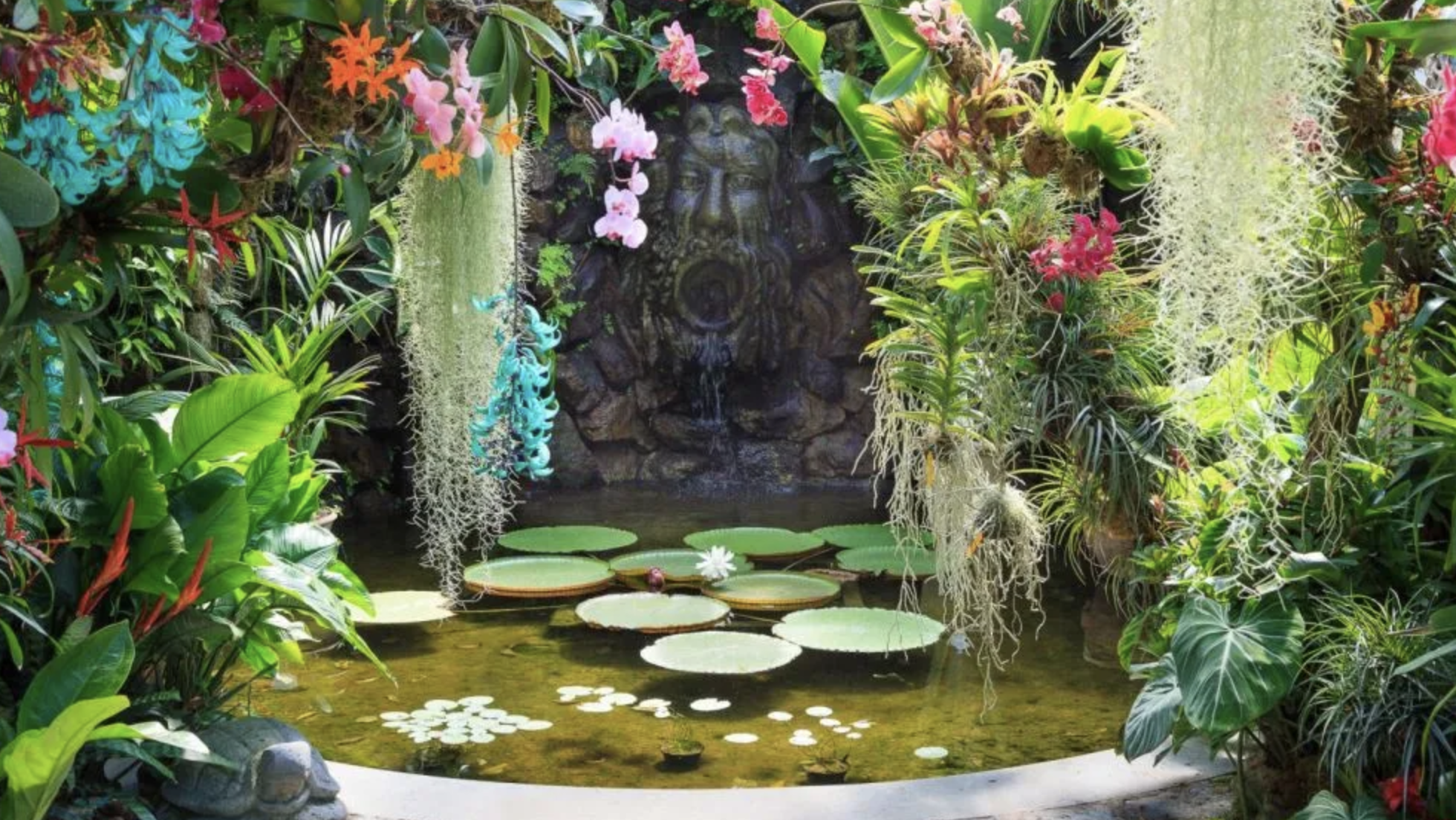
THE BEAUTIFUL GARDENS
The botanical enthusiasts cannot miss a tour in these two ideal habitats: Giardini Ravino, in Forio, is a botanical park, that collects in its 6000 sqm the largest and most varied European collection of succulent plants, framed by the exuberant Mediterranean flora, with over four hundred plant species. The gardens “La Mortella”, always in Forio, represent one of the most beautiful private gardens of Europe, a kind of unique masterpiece made of thousands of rare and exotic flowers and plants. We advise you a tour to both without delay.
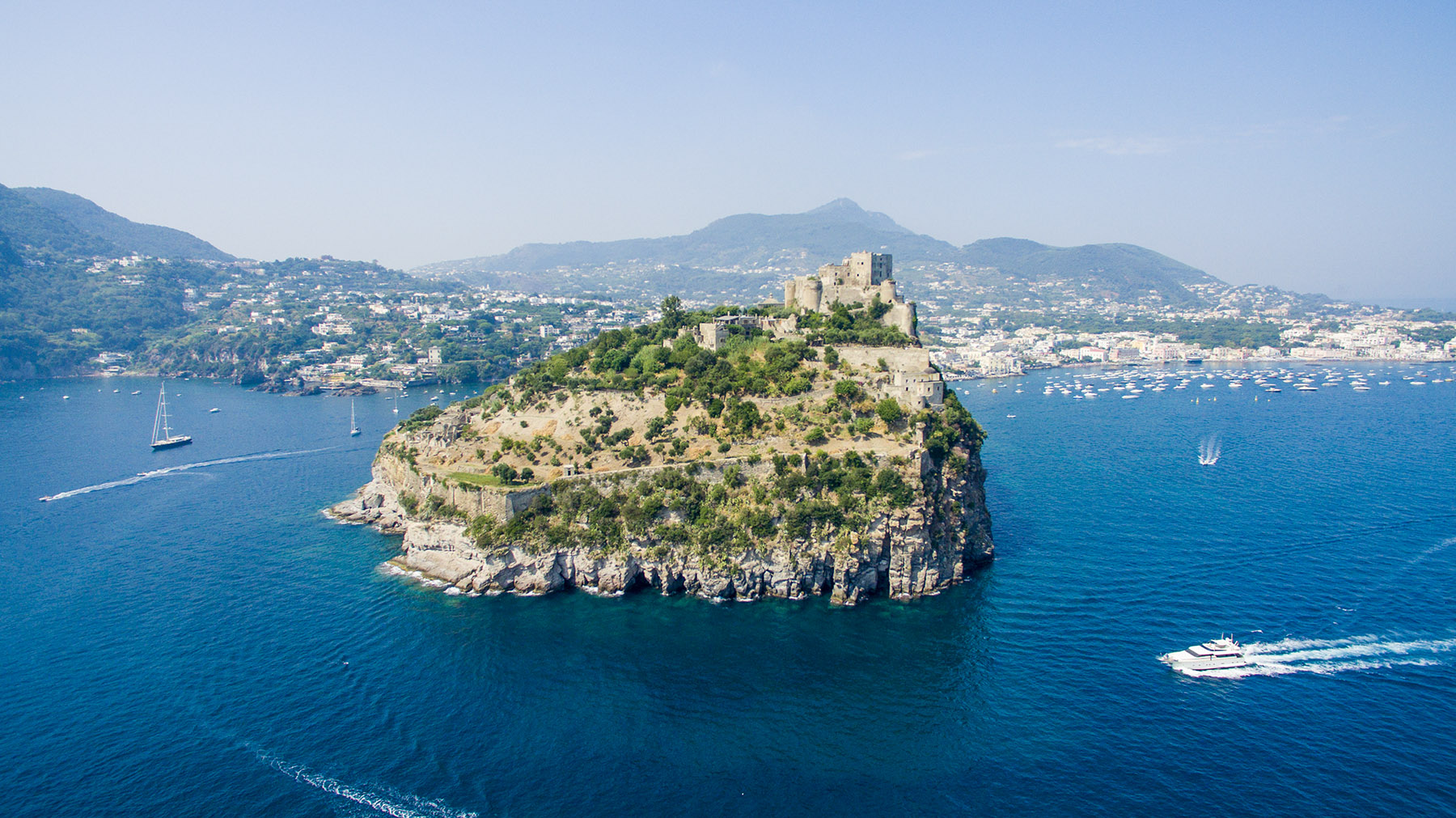
Il Castello Aragonese
Castello Aragonese is the indisputable symbol of the entire island of Ischia, apart from representing its first business card for those who reach it by sea. With its breathtaking views, but especially with a historical–cultural heritage of absolute prestige, Castello Aragonese is a must-see for whoever visits the island of Ischia. Located in Ischia Ponte, it has two different itineraries, accessible through the same main entrance, which then unfold independently once you reach the central core, by lift or by foot along the ancient paved route.
VILLA ARBUSTO AND THE EXCAVATIONS
These two sites, Villa Arbusto and the Excavations, both located in Lacco Ameno, represent the most important evidence of the island’s origins, dating back to VIII century B.C., when the Greeks of Euboea chose this territory as their first colony of the West. The rediscovery of the ancient Cup of Nestor by the geologist Paul Buchner during his excavation in Montevico, now allows every certainty on the historical importance of the finds, preserved in the museum of Villa Arbusto and in the ancient Excavation below the Basilica of Santa Restituta (the latter, unfortunately, are still inaccessible and hopefully they can be soon reopened to the public).
